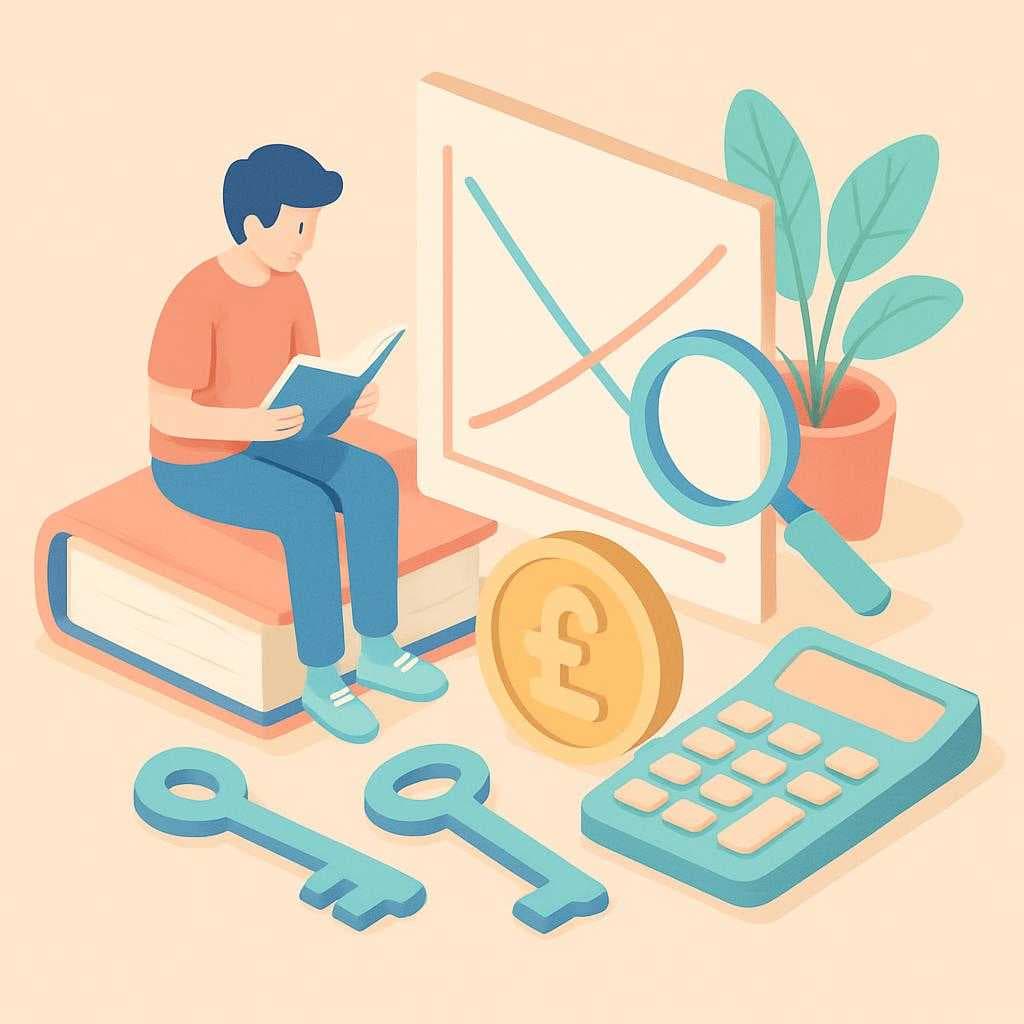Unlocking Economic Equilibrium: A Guide for AS-Level UK Students
Summary: Dive into the intricacies of economic equilibrium and enhance your AS-Level Economics understanding. This guide will help UK students navigate the complexities of supply and demand, a crucial topic across AQA, Edexcel, and OCR exam boards.
Understanding economic equilibrium is essential for AS-Level Economics students in the UK. This topic is a cornerstone in the syllabuses of AQA, Edexcel, and OCR, demanding a thorough comprehension of how supply and demand interact within a market to reach a state of balance.
What is Economic Equilibrium?
Economic equilibrium occurs when the quantity of goods supplied equals the quantity demanded. It is the point at which the market clears, meaning there are no surpluses or shortages. Grasping this concept is vital as it forms the basis for more complex topics like market distortions, government interventions, and welfare economics.
Breaking Down the Demand Curve
The demand curve represents the relationship between the price of a good and the quantity demanded by consumers. It is typically downward sloping, indicating that as prices decrease, the quantity demanded increases. For AS-Level students, understanding factors that shift the demand curve, such as consumer preferences, income levels, and price of related goods, is crucial.
Decoding the Supply Curve
Conversely, the supply curve shows the relationship between the price of a good and the quantity supplied by producers. It usually slopes upward because higher prices incentivize producers to supply more. AS-Level students should focus on factors affecting supply, including production costs, technological advances, and government policies.
Achieving Market Equilibrium
Market equilibrium is attained where the supply and demand curves intersect. At this point, the market price ensures that the quantity consumers are willing to buy equals the quantity producers are willing to sell. This concept is frequently tested across AQA, Edexcel, and OCR exams, often through data response questions or diagrammatic analysis.
Exam Tips for Economic Equilibrium
-
Diagram Practice: Regularly draw and label supply and demand diagrams. Ensure you can illustrate shifts in curves and their impact on equilibrium price and quantity.
-
Past Papers: Utilize past papers from your specific exam board, whether AQA, Edexcel, or OCR, to familiarize yourself with typical equilibrium questions.
-
Real-World Examples: Relate equilibrium scenarios to current events in the UK economy. For example, consider how Brexit has impacted demand and supply in various sectors.
-
Clear Definitions: Always define key terms clearly in your answers. Precision in language can earn valuable marks.
By mastering the concept of economic equilibrium and practicing its application through diagrams and real-world contexts, AS-Level Economics students can excel in their exams and build a solid foundation for further economic studies.
